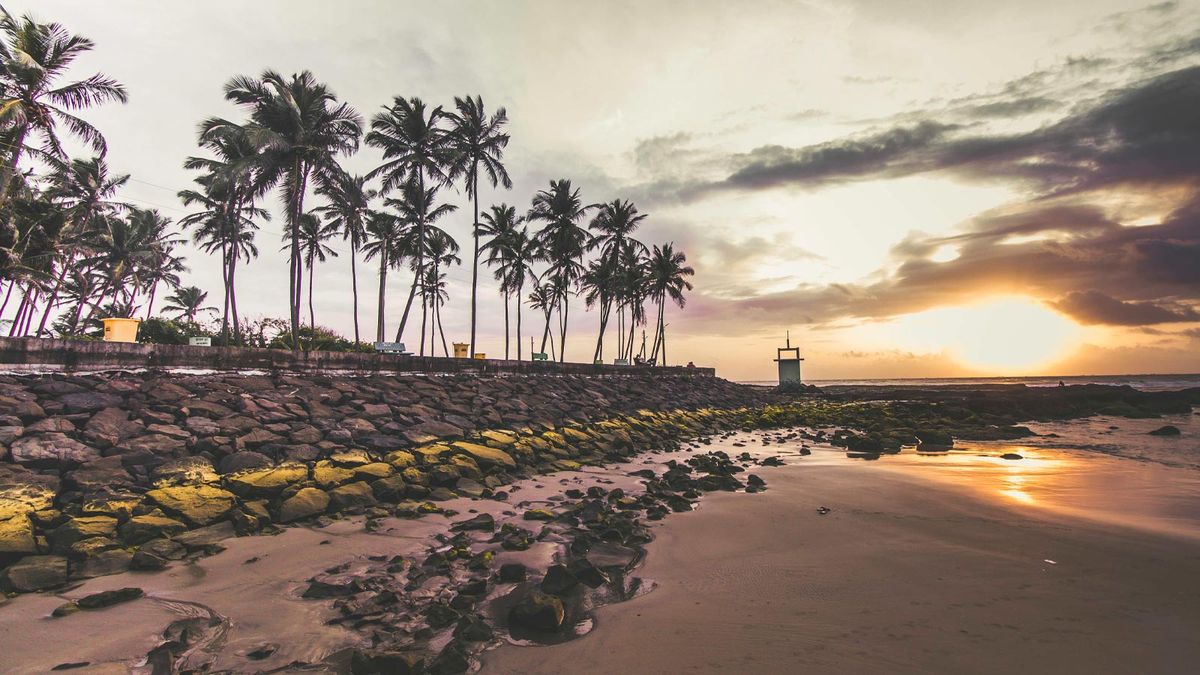Passing by the tiny fishing hamlets on the west coast of India, one is inadvertently pushed to think of the real impact of grassroot-level ecotourism and how it may be able to help boost a rather small economy without too much interference in the lives of the locals. Sindhudurg, the last district of Maharashtra before the coast hits Goa, quite literally stands for ‘Fort in The Sea’. Rightly so, with its 37 forts on the sea, on land and on hilltops—Sindhudurg has the charming valour of historic battles, and an exquisite and pristine bounty of nature and people who are determined to keep its beauty intact. A deep focus on conscious and sustainable ecotourism has kept this place unrestrained in beauty and unexplored by careless tourists.
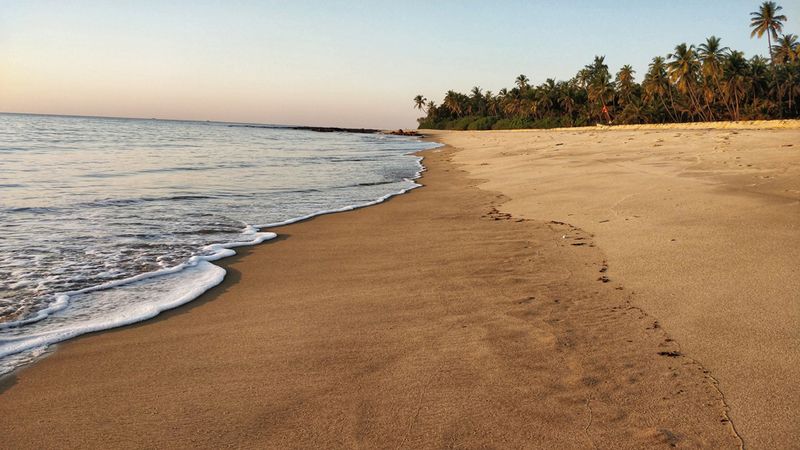
As I near the certified 'Blue Flag' beach, Bhogave, it becomes increasingly evident that this piece of raw nature is rarely touched by commercial tourism. Arrival at the inconspicuous gates of Coco Shambhala was another surprise as one can hardly tell what awaits inside the innocent-looking teal door leading to laterite steps.
Inspired by Geoffrey Bawa's 'tropical modernism' style, Coco’s British founder Giles Knapton delivers a taste of luxe bliss in the open-plan villas at the property. Housing just four exquisite villas nestled within a lush tropical garden merely 200 meters from the shoreline, the property epitomizes inclusive barefoot getaways.
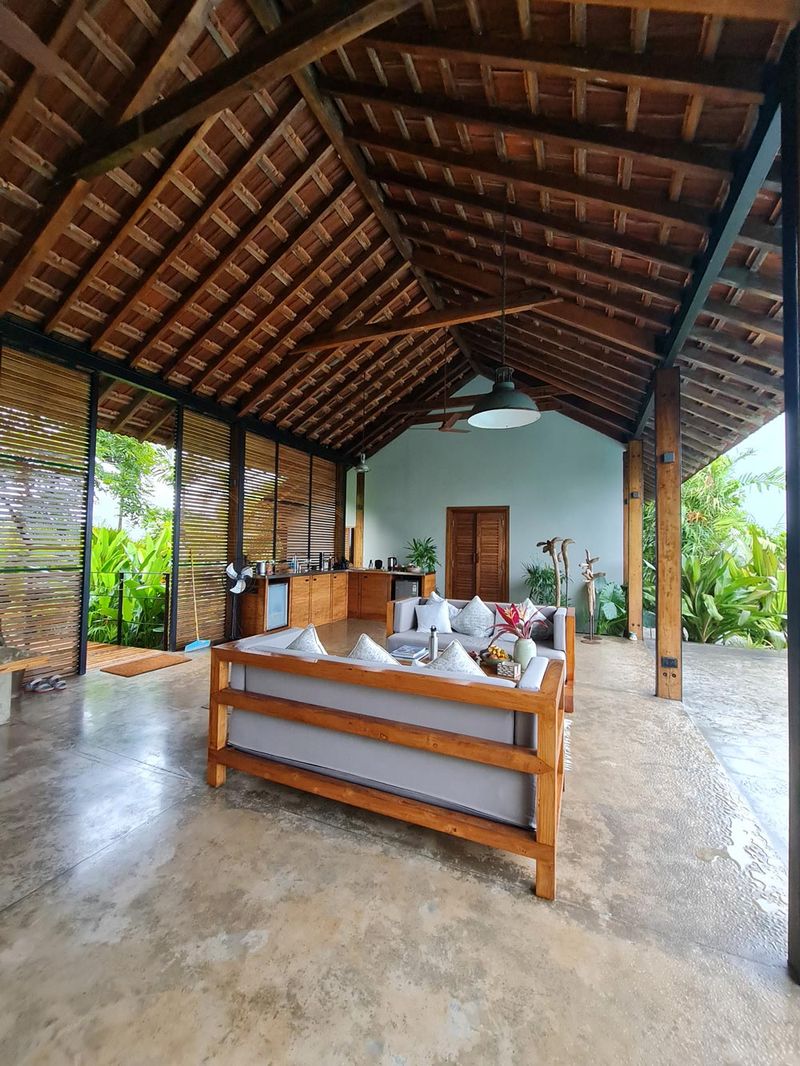
Each villa has two separate bedrooms, an open living area, a kitchenette and a bar counter and features its own infinity pool (chemical-free) that gazes out upon the mesmerizing sea. The beauty of the structures is that they are impermanent, resting atop steel supports, while the roofs echo the traditional charm of Mangalorean clay tiles.

Arka, Amaresha, Inaya, and Varenya—the villas stand resolute yet hidden, among a big bounty of kokum, apple, and cashew trees. “Our vision is firmly grounded in promoting conscious living and sustainable hospitality”, Knapton tells Zee Zest. “We are committed to crafting a lifestyle that seamlessly integrates with natural surroundings, ensuring that our presence complements, rather than disrupting, the local environment.”
The promise of a discerning lifestyle

True to Coco’s ethos, one may be enticed to venture out and hike the clifftops housing the remnants of the Nivati Fort for a spectacular view of one of the cleanest beaches in India. Redkar, as he prefers to be known, is a sexagenarian fisherman who now takes intrepid travellers on this hike while showing the abundant variety of flora and fauna, especially birds!
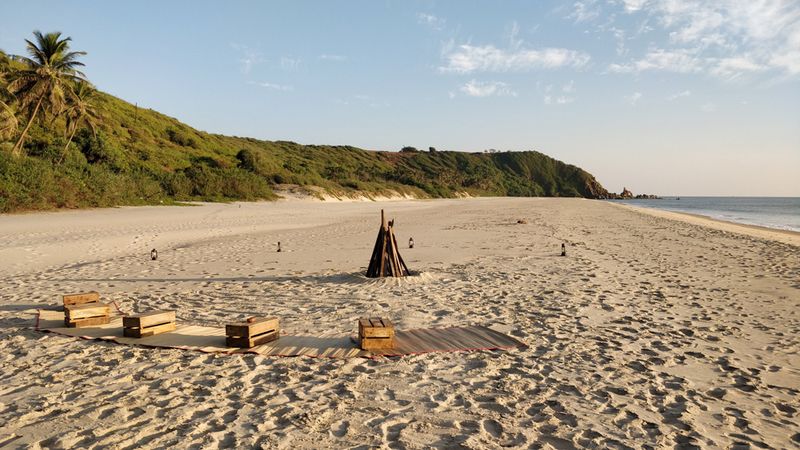
“I choose to support tourism that does not take away our place from us,” he shares while walking along the virgin beach, his signature chromatic glasses sliding upon his nose from the sweat, proof of the workout we had just encountered climbing down the cliff. “There are rules of construction and all these years, they were followed and we had no problems. But now people are building things almost on the beach itself. It makes me sad.”
Upon return and after a sumptuous breakfast of dishes infused with local flavours, I made an appointment with the in-house therapist at the spa that offers a variety of treatments, including Ayurveda and aromatherapy—both of which come highly recommended. The more adventurous can partake in the fun-filled activity of picking sea urchins from the sea or fishing. Whatever your catch, the chef at Coco Shambhala will cook it for lunch! Kids and adults alike can choose to do a pottery class with the enormously kind local potter, whose patience will even fail your maths teacher. The best thing about it? What you make ends up being used as a serving utensil eventually.
Knapton personally places great importance on celebrating the authentic hospitality of the local community. “By doing so, we contribute to the preservation of Sindhudurg's rich culture and heritage. Our goal is to create a symbiotic relationship with the region, where we support and enhance the local way of life, and in return, the culture and traditions of the place continue to thrive,” he shares.

As a result, one ends up taking a serene boat ride on the Walaval backwaters or exploring the village temple, which is centuries old, with an appointed guide. Mesmerising is a small word to describe the raw beauty of Sindhudurg, far from the madding crowds of nearby Goa.
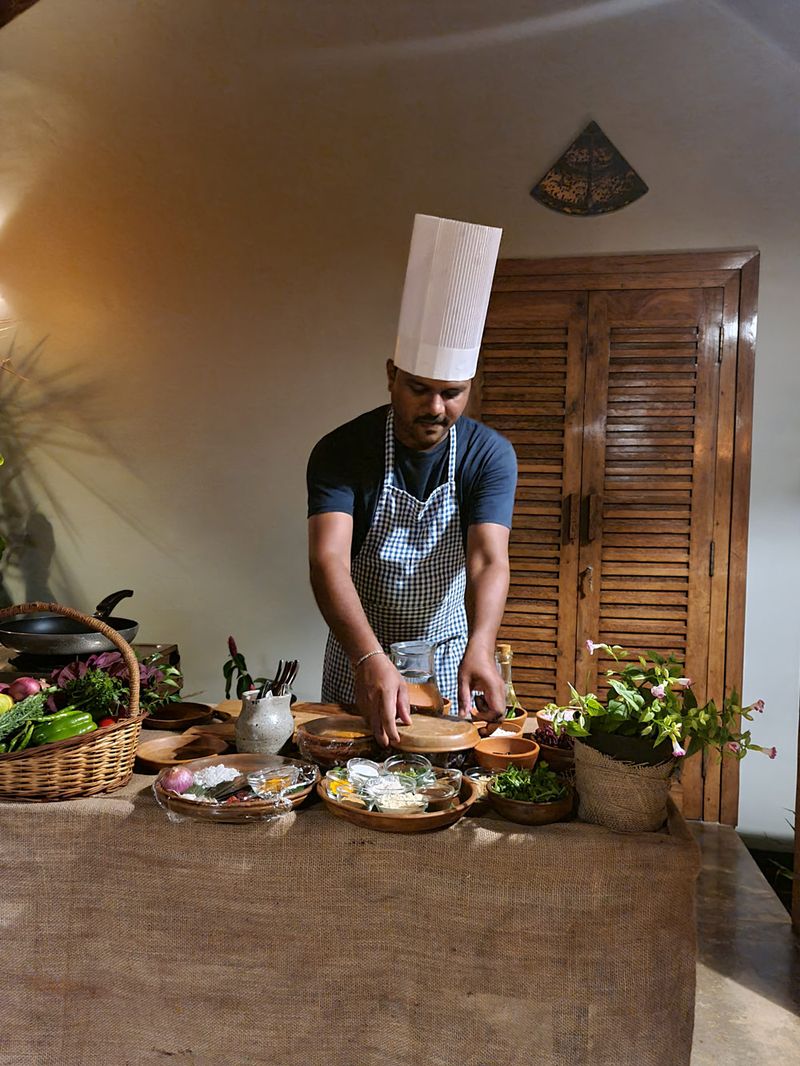
The food stands out with its elemental inclination to hyperlocal sourcing of ingredients. An evening session on Malvani cooking brought forth the simplicity of the delectable prawn curry I had always cherished. Curry leaves, growing in abundance on the property make a special entry in the curry leaf lemonade and also in the pesto-style coconut chutney served with fresh millet dosas. Meticulously-curated menus feature the freshest seafood and locally sourced treasures within a 50 -ilometre radius. The pride of the establishment lies in its homegrown herbs and microgreens, elevating each dish. There is no restaurant here, only exclusively curated private dining experiences.
Sindhudurg remains raw and offbeat in the world of Instagram-worthy spots. Its farms are laden with fruits and the hearts of the locals are filled with pride about how they have kept it a secret, still. An experience here will surely transform your opinions as a traveller, and give you a truly memorable, barefoot experience.


